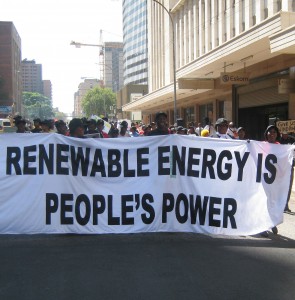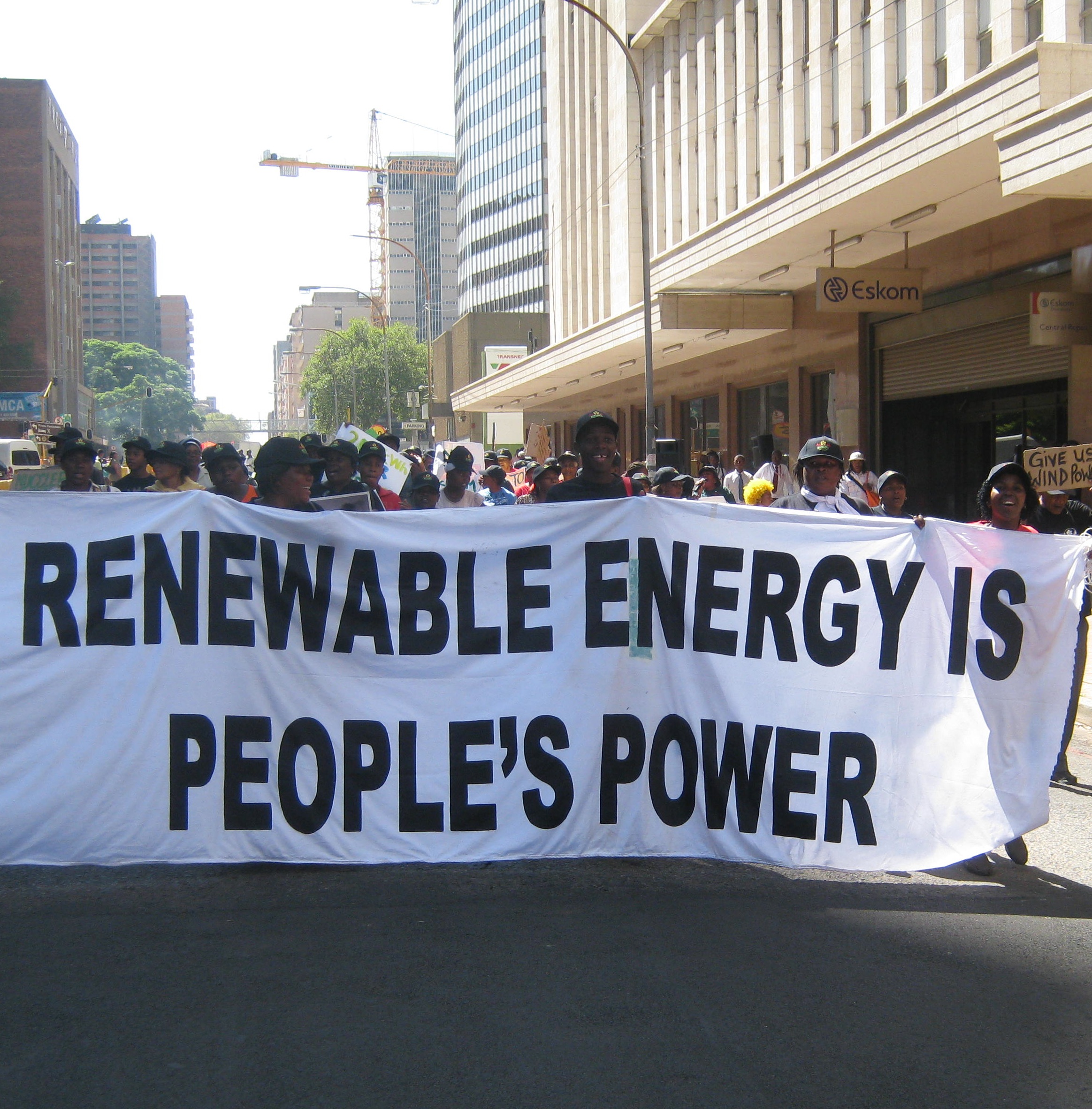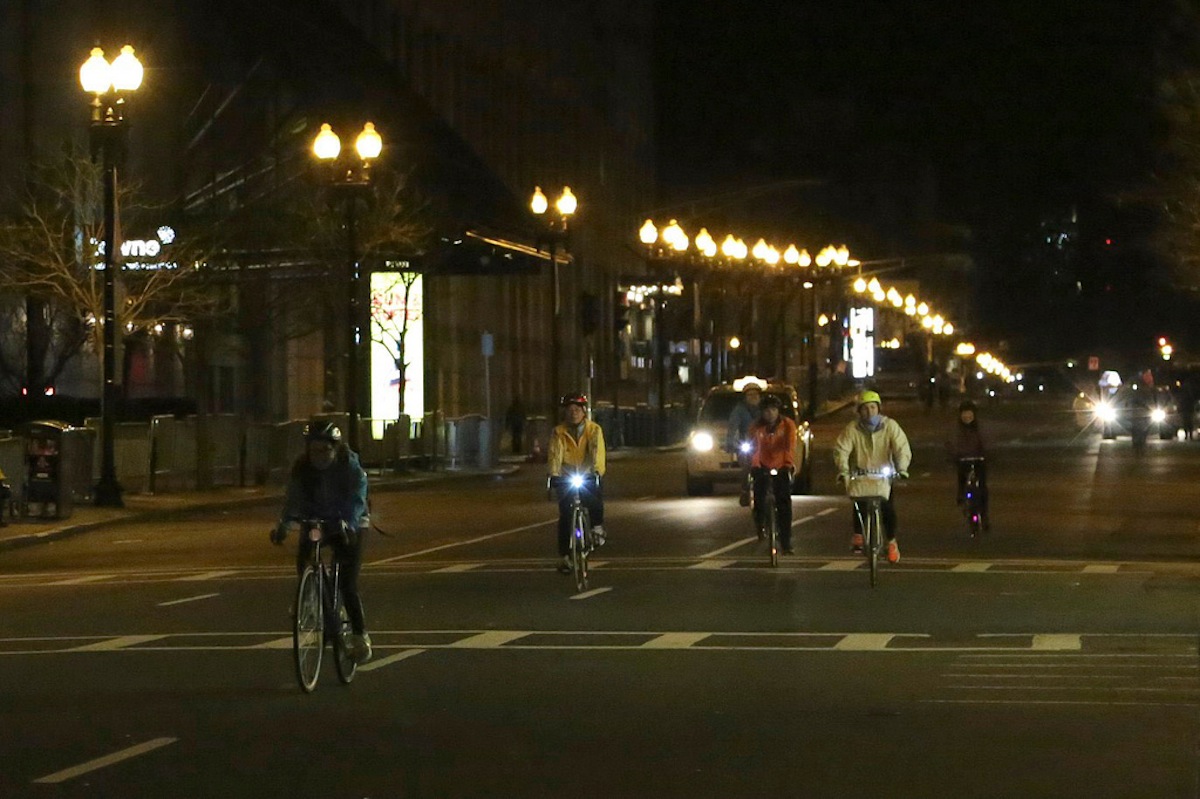Individuals, grassroots groups and towns from the four states adversely impacted by Spectra Energy’s Algonquin Incremental Market (AIM) natural gas pipeline expansion project have formed a coalition to file a Request for Rehearing after the Federal Energy Regulatory Commission (FERC) approved the project on March 3, 2015. The coalition engaged DC attorney, Carolyn Elefant, who filed the request on April 2, 2015, asking FERC to vacate the Certificate.

If FERC rejects the request, the coalition will consider taking legal action.
Suzannah Glidden, a co-founder of Stop the Algonquin Pipeline Expansion (SAPE) in New York said: “Local, state and federal elected officials and citizens along the entire AIM route have repeatedly cited the flawed FERC review. FERC’s approval is not supported by substantial evidence. The Certificate of Approval of the AIM Project should be withdrawn.”
Boston Mayor Martin J. Walsh today joined the West Roxbury delegation to announce that the City of Boston has also filed a request for a rehearing with the Federal Energy Regulatory Commission (FERC) in regards to the West Roxbury Lateral Gas Pipeline.
After Spectra Energy submitted its application to FERC last year, groups and individuals from New York, Connecticut, Rhode Island and Massachusetts filed to become intervenors in the FERC process. This entitles them to file a Request for Rehearing within 30 days after FERC’s issuance of a Certificate of Approval. FERC issued this certificate for the project and failed to adequately consider dangerous health and safety impacts as the pipeline and its infrastructure invade the region. For example, FERC approved siting of the 42-inch diameter, high pressure pipeline next to the Indian Point nuclear facility in a seismic zone in Buchanan, New York, and a new pipeline and Metering & Regulating station next to an active quarry in West Roxbury, Massachusetts.
Alex Beauchamp, Northeast Regional Director of Food & Water Watch, said: “In light of the serious health, safety, and environmental concerns that FERC failed to address before approving this dangerous project, the agency must grant a rehearing. Without studying the threats posed to the Indian Point nuclear facility or the human health risks from airborne contaminants, it is disgraceful that FERC has approved the AIM pipeline.”
Rickie Harvey of West Roxbury Saves Energy, Massachusetts, said: “No meaningful alternatives to a high-pressure lateral scheduled to deliver nearly 30 percent of the proposed gas via the AIM expansion were provided, despite repeated requests from citizens and politicians alike. Because this proposed West Roxbury lateral pipeline traverses a densely settled neighborhood adjacent to an active quarry, a full rehearing is warranted.”
Spectra Energy’s AIM Project, a $1 billion venture, is the first of three projects designed to ship massive quantities of “natural” gas from the Marcellus Shale to New England and onto Canada and proposed LNG export facilities. Lisa Petrie of Fossil Free Rhode Island said: “Dividing projects to minimize their environmental impacts is considered impermissible segmentation and violates the NEPA process, as FANG (Fighting Against Natural Gas) argued convincingly in a recent letter to FERC.
Emily Kirkland of the Better Future Project in Boston said: “As a climate justice organization, we have been fighting the AIM Project every step of the way, both through regulatory avenues like the request for rehearing and through grassroots organizing in communities all along the pipeline route. It’s simply irresponsible to expand the Algonquin Pipeline when we know that our continued addiction to fossil fuels is exacerbating the climate crisis and putting our safety at risk. We should be transitioning as quickly as possible to clean energy, not deepening our dependence on fossil fuels.”
The coalition of residents and groups includes: Better Future Project (MA); Capitalism v. the Climate (CT), Community Watersheds Clean Water Coalition (NY); Town of Cortlandt, NY; Food & Water Watch; Fossil Free Rhode Island; Keep Yorktown Safe; City of Peekskill, NY; Sierra Club Lower Hudson Group; Stop the Algonquin Pipeline Expansion (NY); W. Roxbury Saves Energy (WRSE) and impacted residents of W. Roxbury and Dedham, MA.





